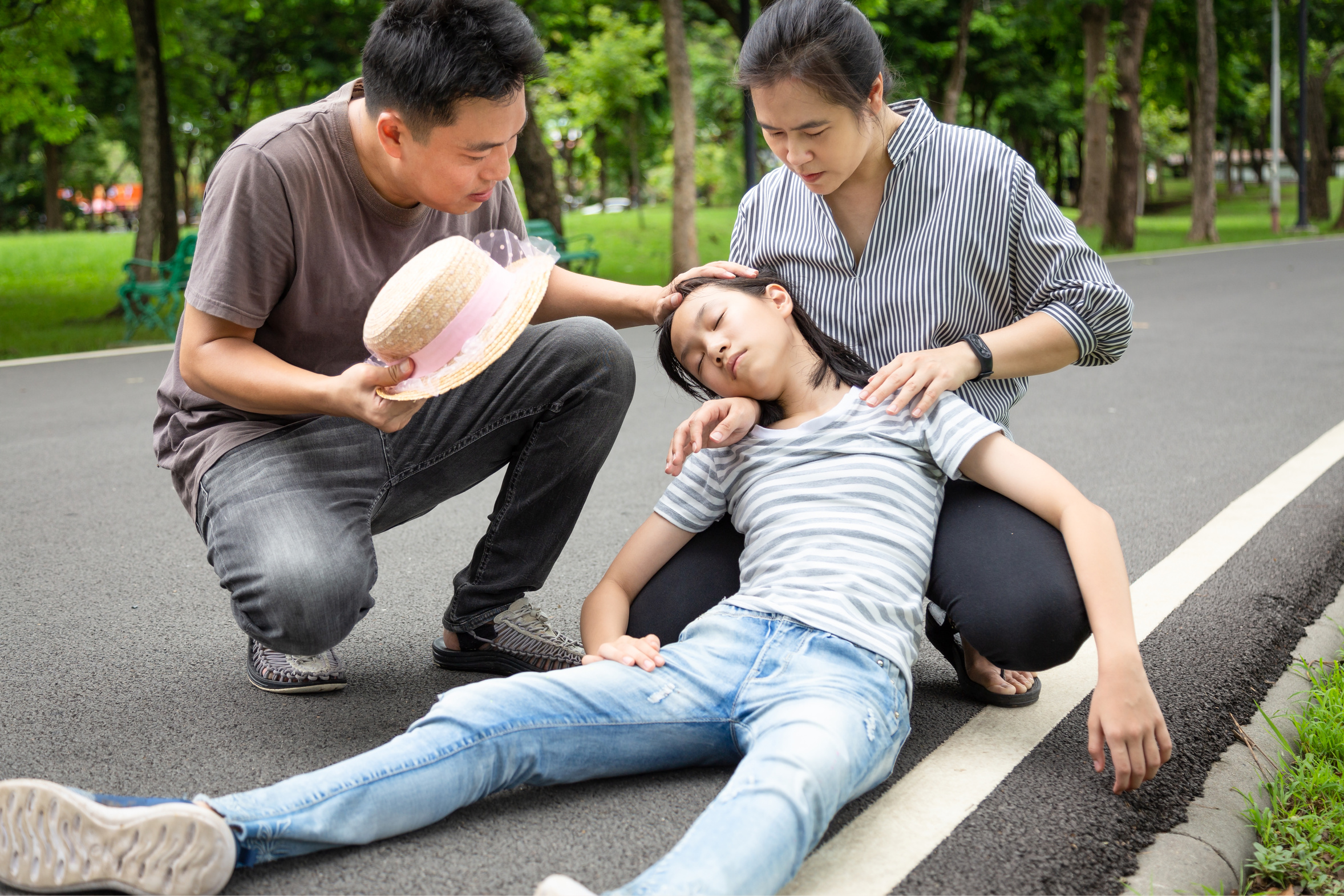Heat Stroke: Facts and Stats
Heat stroke is not something many people think about until it becomes a medical emergency. Heat stroke occurs when the body’s temperature reaches 104 degrees Fahrenheit due to long periods in the heat or exerting yourself through physical activity in the heat. Here are some facts and preventative measures you can take to help keep you prepared as the summer temperatures continue to rise.
What are the signs of heat stroke?
- High body temperature
- Hot, DRY skin
- Fast, strong pulse
- Passing out
- Slurred speech
- Confusion
If you or someone around you starts to show symptoms of a heat stroke, here is what you should do:
- Immediately call 911
- Move to a cooler shaded area
- Apply ice to armpits and groin areas
- Soak in cool or cold water
- If seizures are occurring, move objects they may come in contact with
Heat Stroke is NO joke
- Heat stroke is among the leading causes of death in young adults and teens. This is largely due to heat strokes occurring during practices and sporting events outdoors. Most cases of heat stroke can be prevented in this age group.
- There has been an increase in the number of heat stroke deaths since the year 2000 with the elderly still making up the majority of heat stroke deaths.
- Over 9,000 documented heat stroke deaths occurred between 1979 and 2013. This is believed to actually be higher, but certain deaths were not documented as being caused by heat stroke on death certificates.
- The last 30 years has seen an average rate of 1 heat stroke death per 2 million people in the US. There are years when this rate spiked due to severe heat waves and/or humidity.

